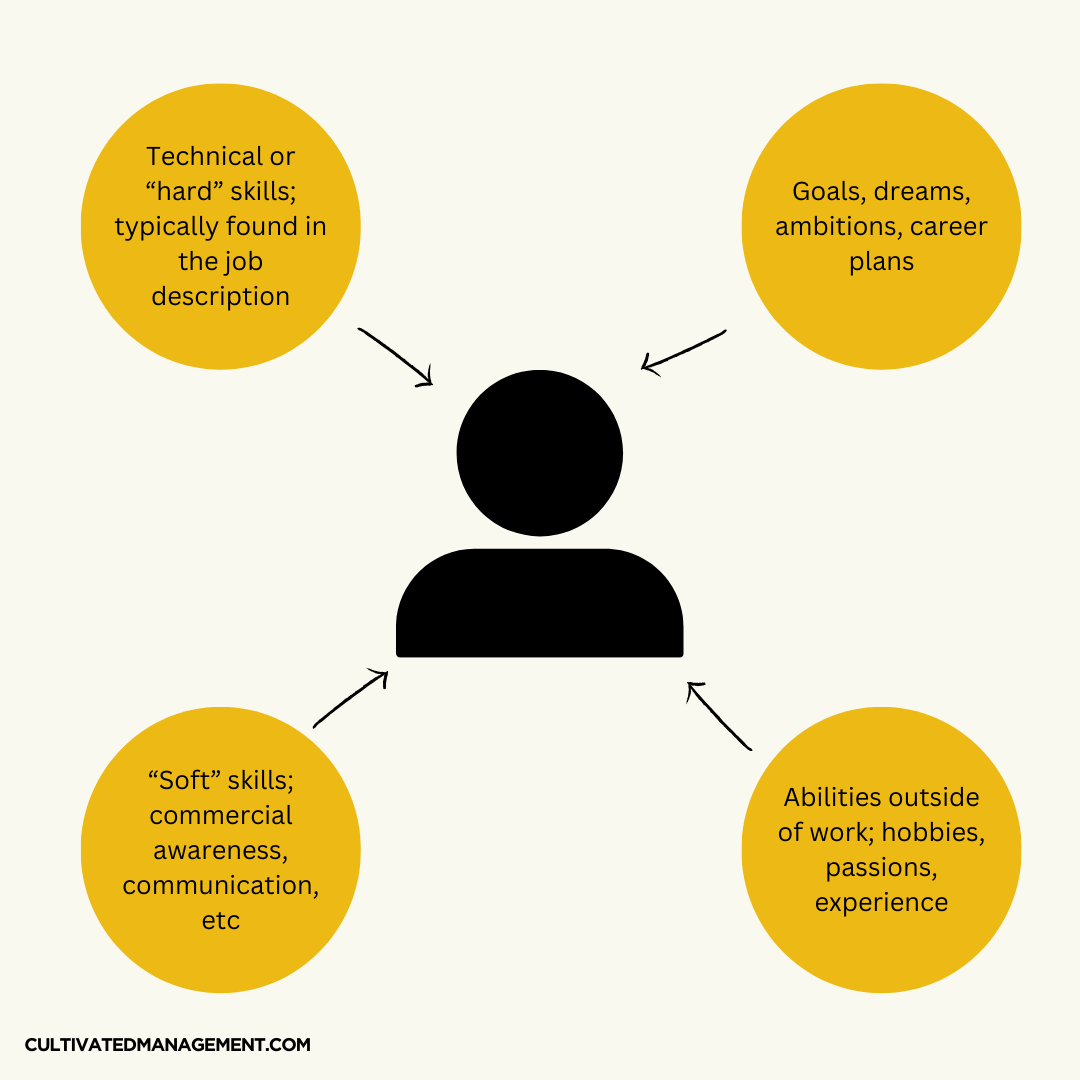How to Create Coaching Plans That Unlock Your Team’s Potential
Discover how simple, well-structured coaching plans can transform your team’s performance, boost engagement, and develop the skills and behaviours that drive success. Learn practical steps for creating coaching plans that unlock potential and make a real difference in the workplace

Coaching Your Direct Reports: Simple Plans That Make a Difference
Coaching your direct reports is one of the most important parts of being a manager and leader. Leaders are teachers at heart (well, good one are), and guiding people’s growth should be a significant focus of your daily work.
Often, people shy away from coaching plans because they fear they’re the same as a Personal Improvement Plan (PIP). PIPs tend to be associated with last-ditch efforts before someone exits a business — so it’s understandable why managers are wary.
But coaching plans are different. They’re not about fixing someone — they’re about helping them develop and grow.
The 4 Elements of a Good Coaching Plan
A good coaching plan focuses on four main aspects:
1. Competencies Needed for the Role
As business needs evolve, so do the skills required to succeed. Sometimes someone doesn’t yet have the competency needed, and that’s where development comes in. A coaching plan should help them grow into the skills the role demands.
👉 See this post on abilities and capabilities - and why you should not confuse the two.
2. Soft Skills
Underneath technical competency are behaviours that influence culture and team effectiveness — things like communication, collaboration, work ethic, and adaptability.
These are often overlooked but are critical to team health. By nudging and coaching on behaviours, you prevent a toxic culture from forming and cultivate a high-performing environment.
3. Career Goals and Ambitions
Coaching plans should consider where an individual wants to go in their career. Aligning development with career aspirations boosts engagement and helps employees see their path within the organisation.
While it’s nice to support goals outside work, focus on development that benefits both the individual and the business.
4. Competencies Outside of Work
People bring diverse skills from hobbies or past roles. Encouraging employees to use these talents at work can unlock new value.
For example, in one team I lead, an agile coach with graphic design skills contributed visuals for strategic initiatives. A former teacher on the team developed a learning curriculum.
By tapping into these competencies, you benefit the business and enrich the employee experience – but always triple check people are happy with bringing in outside experience.

Everyone Needs a Coaching Plan
Every team member should have a plan — a roadmap for growth from where they are now to where they want to be. Some may already have self-directed plans, which is great. But for others, a simple, structured coaching plan makes a tangible difference.
How to Start a Coaching Plan
- Assess Current Strengths
Begin by understanding what your direct report already does well. This sets the foundation for growth. Always focus on behaviours. - Define Aspirations
Discuss where they want to go — desired positions, skills to develop, projects to tackle. This keeps the plan relevant and motivating. - Identify Resources
Resources can include books, videos, workshops, conferences, mentorship, or internal projects. Encourage them to research and suggest options — it fosters ownership. - Set Deadlines and Track Progress
Assign realistic timelines for each step, but be flexible. Everyone learns differently, so tailor the plan collaboratively. - Focus on Behaviour Change
Coaching is about shifting behaviours. Discuss expected changes, and measure progress during regular one-to-one meetings – and by seeing them in action. Training without behavioural impact is wasted effort. - Provide Opportunities to Apply Learning
Growth happens when knowledge is applied – this is called task acquisition. Allow them to take on projects, try new approaches, and learn through experience. - Review and Adjust
Coaching plans should be dynamic. Review regularly, update goals and resources as needed, and keep notes on progress. This also makes formal reviews simpler.
Simple, Effective, and Repeatable
Coaching doesn’t need to be complicated. A well-thought-out plan provides structure, clarity, and purpose. It’s a roadmap for learning, growth, and contribution.
Managers should have their own coaching plans too. Growth is continuous, and leaders must model the behaviours they want to see.
In short, coaching plans are not for dealing with "problems" — they’re empowering. They help people develop, improve the team, and create a culture of growth. Everyone should have one. Even managers.
👉 Ready to move faster towards your business goals while building a workplace people love? I help managers and leaders get there—through coaching, consulting, and training. See how I can help you.


